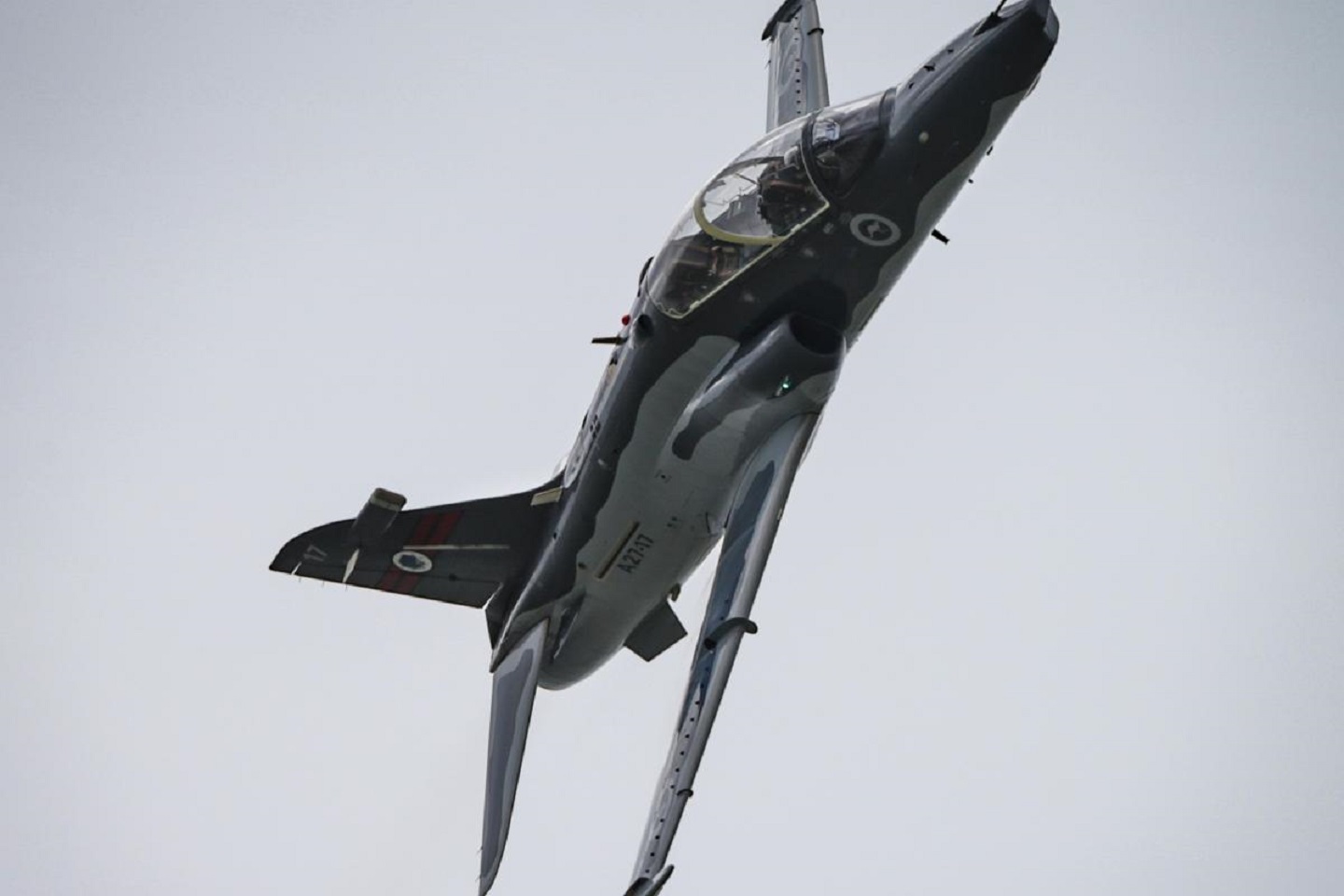The air force’s relationship with WA continues to grow in importance.


The Royal Australian Air Force’s centenary celebrations this year provide the ideal opportunity to reflect on the RAAF in Western Australia, and what both have meant to each other.
WA’s relationship with the RAAF began in 1928, when Air Marshal Sir John Salmond recommended that an air station be set up near Perth, enhancing the defence capabilities of the vast state. Construction started in 1936 and operations in WA began in 1938.
The bases
Today, RAAF Pearce supports advanced flying training for air force and navy pilots. It is also the main basic flying training base for the Republic of Singapore Air Force (RSAF), which operates from the base under a government-to-government memorandum of agreement.
Members of air forces from other countries in the region have been trained at RAAF Pearce as part of the Air Force International Engagement plan. As a result, RAAF and navy pilots, RSAF and other pilots will all include living and learning in WA as a key formative feature of their military careers.
RAAF Pearce is among the busiest air force bases in the country, with more than 100,000 aircraft movements annually. The base is home to more than 1,000 Australian Defence Force, public service and contracted personnel on site. Associated properties are attached to RAAF Pearce, including Muchea Air Weapons Range, Eclipse Hill, Bullsbrook Training Area, Beermullah and RAAF Gingin.
RAAF Base Learmonth, also known as Learmonth Airport, is a joint-use RAAF base and civil airport. It is located near the town of Exmouth on the north-west coast of WA. Along with RAAF Curtin on the north coast, it is one of the air force's three bare bases that can be used for exercises or operational requirements.
Defence has already announced significant upgrades to facilities in Learmonth and Cocos Island.
The importance of WA
WA is becoming increasingly important in the landscape of potential future conflict and/or efforts to maintain peace.
Air Commodore Fiona Dowse, who is senior officer WA and the chief of the defence force’s representative in the state, told Business News the Indo-Pacific was becoming an increasingly important sphere of influence.
“The release of the Defence Strategic Update in 2020 has put a focus on the Indo-Pacific region,” Air Commodore Dowse said.
“WA is the only state that faces the Indian Ocean and the government, academia and industry have developed great contacts within the region. Defence will look to work to further enhancing engagement in WA through those engagements.
“Australia’s region, the Indo-Pacific, is in the midst of the most consequential strategic realignment since WWII.
“Strategic competition, primarily between the US and China, will be the principal driver of strategic dynamics in the Indo-Pacific. The government has stated that, though still remote, the prospect of high-intensity military conflict in the Indo-Pacific is less remote than in the past.
“Through the Defence Strategic Update in 2020, the government directed defence to prioritise our immediate region for the ADF’s geographical focus the area ranging from the north-eastern Indian Ocean through maritime and mainland South-East Asia to Papua New Guinea and the South West Pacific.
“The strategic location of WA, facing the Indian Ocean means it is an obvious location to launch from for activities in the region. We in WA are at the obvious crossroads of the vast Indo-Pacific strategic system.”
The people
The RAAF employs 300 RAAF personnel in WA, although that number is indicative only due to the seasonal or operational movement of personnel.
In addition, the RAAF engages a number of contractor organisations, with hundreds of WA families directly or indirectly involved in supporting RAAF requirements in WA, some of them across multiple generations.
Air Commodore Dowse contextualises the role and importance the people of WA play in supporting the RAAF activities in WA and the broader ADF mission.
“The RAAF works closely with contracted personnel to support their operational requirements and domestic services on bases within Australia,” she said.
“These contracted positions support the RAAF in maintaining operational and training capability in the form of asset maintenance and provide support on the ground, with base service contracts covering the base upkeep, live-in accommodation, and messing facilities.
“This balanced partnership of RAAF members, Australian public servants and contracted personnel supports the ADF in carrying out its mission to defend our country and its national interests.”
Notable names
In Air Commodore Dowse’s estimation, WA most notable RAAF member was Sir Hughie Edwards, who was born in Fremantle and was a one-time governor of WA.
Awarded the Victoria Cross in 1941 for leading a bombing raid against the port of Bremen, Sir Hughie went on to become the most highly decorated Australian serviceman of WWII.
Air Chief Marshal Sir Angus Houston is a more contemporary reference point for WA, although he was not born in the state. He moved to WA in 1968 and worked in farming before joining the RAAF in 1970. Like many others, Sir Angus certainly launched a successful air force career from WA, having reached the heights of chief of the defence force.
The future
A combination of factors points to a strong future for WA relative to its support of the RAAF. The changing strategic environment is a central element, shifting discussions on force posture.
Additionally, state government attention and spending on defence-related issues indicates a recognition of both the challenges and the opportunities that exist locally.
Meanwhile, federal government spending on defence is likely to cross over with these aforementioned factors to launch even greater involvement between WA, the RAAF and the ADF.
“Government will be investing $575 billion in defence, including $270 billion in new capability, and remains committed to maximising opportunities for the Australian defence industry to benefit from this investment, including delivering good jobs, skills and growth for Australians,” Air Commodore Dowse said.
Families
I have benefitted from the involvement of the RAAF with industry. Across several decades, I have witnessed the positive effect the RAAF can have on hundreds of local families and the impact local people can have in support of the RAAF.
As we collectively celebrate the RAAF centenary it would be wise to note that, behind the inspiring aircraft that captivate our imaginations and attention, lies a group of RAAF personnel and industry partners with a rich history of sacrifice, commitment, and capability that we can all be proud of.
With this history and emerging future, Air Commodore Dowse is correct to suggest that the future for WA and the RAAF is indeed onwards and upwards.










